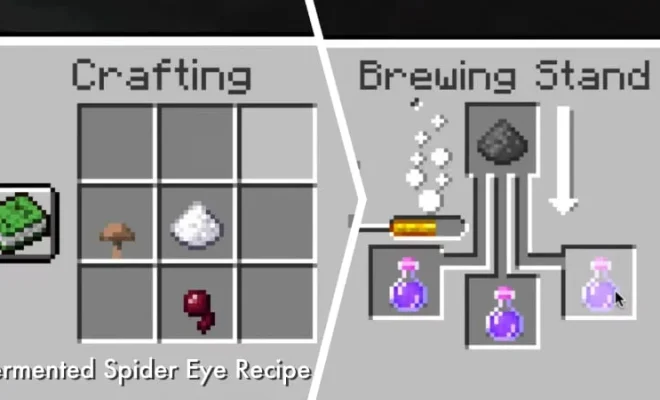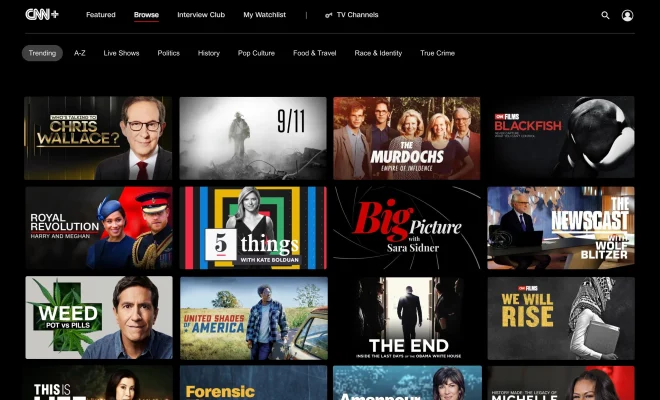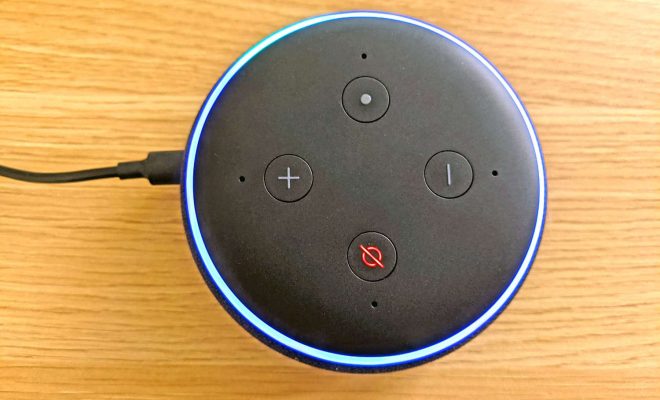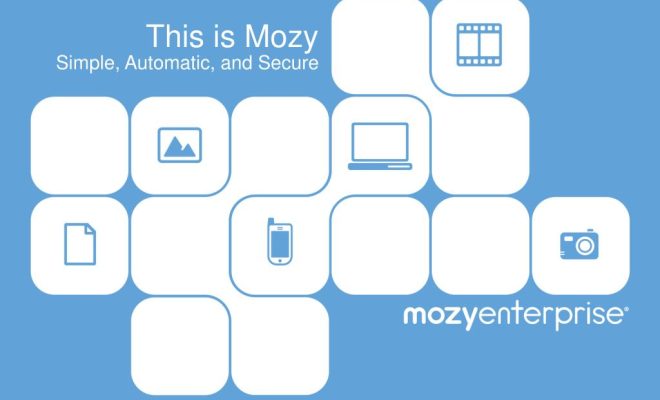Lightroom vs. Photoshop: What Are the Differences?

As a beginner or professional photographer, it’s essential to choose the right image editing software that fits your needs. While Lightroom and Photoshop are both products of Adobe, they have different functionalities and features. In this article, we’ll explore the differences between Lightroom and Photoshop.
Lightroom: What is it, and what can it do?
Lightroom is a photo editing software that focuses on cataloging, sorting, and editing images. It’s a powerful tool for organizing, enhancing, and exporting your photos. With Lightroom, you can work with several images at once and create presets that let you apply the same settings to multiple images quickly. Some of the things you can do in Lightroom include:
1. Image sorting and management: Lightroom allows you to organize your photos by applying keywords, metadata, and flags to identify them. You can also filter out images based on specific criteria such as date and camera type.
2. Raw image editing: Lightroom has robust support for raw images, which means you can make adjustments such as white balance, exposure, and tonal adjustments without damaging the original file’s quality.
3. Non-destructive editing: Lightroom allows you to edit images without altering the original file. You can always revert back to the original image or use various versions of the same photo.
4. Batch editing: Lightroom lets you apply the same settings to multiple images at once, which saves you time.
Photoshop: What is it, and what can it do?
Photoshop is an image editing software that’s more advanced than Lightroom. It’s made for more complex operations, such as creating graphics, digital art, and compositing images. Some of the things you can do in Photoshop include:
1. Pixel-level editing: Photoshop allows you to make precise edits on a per-pixel basis, making it a powerful tool for retouching and restoring images.
2. Layer-based editing: Photoshop lets you add several layers to an image, which means you can create composite images by combining several photos and applying blending modes.
3. Advanced effects: Photoshop has a wide range of filters and effects that can transform your images. You can also create effects from scratch using tools like brushes, gradients, and masks.
4. 3D image creation: Photoshop allows you to create 3D models from scratch or import existing 3D models.
Lightroom vs. Photoshop: Which one is right for you?
If you’re a beginner, Lightroom is the perfect tool to get started with image editing. It’s easy to learn, has lots of tutorials available online, and can produce stunning images. Lightroom is ideal for anyone who works with large numbers of images and wants to organize them efficiently.
On the other hand, if you’re a professional photographer or graphic designer, Photoshop is a must-have tool. It’s more advanced than Lightroom and has more features that allow you to do things like photo manipulation, digital art, and graphic design. Photoshop is ideal for anyone who wants to take their image editing skills to the next level.
Conclusion
In summary, Lightroom and Photoshop are two image editing tools that cater to different needs. Lightroom is ideal for beginners and anyone who works with large numbers of images. It’s easy to learn, and with presets, you can make quick edits to images with ease. However, if you’re a professional photographer or graphic designer, Photoshop is the way to go. It’s more advanced and has more features, which makes it a powerful tool for complex operations like photo manipulation, digital art, and graphic design. Ultimately, the choice between Lightroom and Photoshop depends on your needs and how you plan to use the software.






